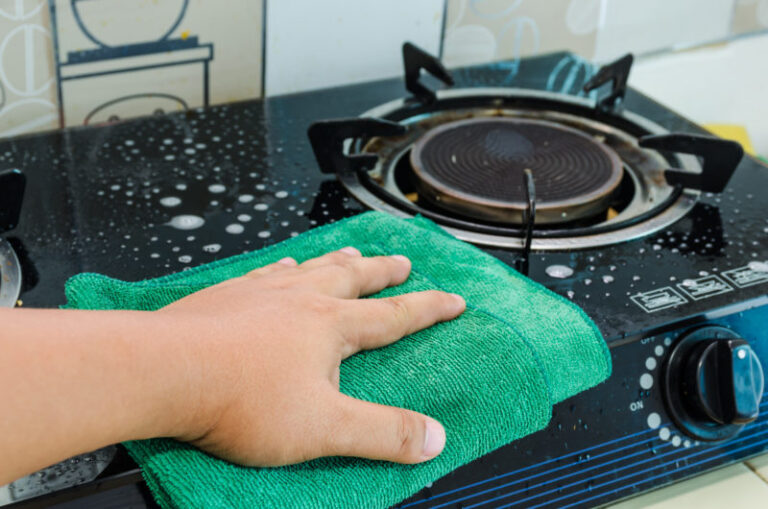Indoor air quality affects both your health and your HVAC performance, making it a serious matter for tech-savvy homeowners in Opelika, Alabama. From minimizing volatile organic compounds (VOC) exposure to keeping your air fresh, discover four solutions for improving your home’s indoor air quality.
Clean Like You Mean It
Keeping your home tidy is one thing, but cleaning it regularly is another. After all, dust, dirt, and pollen can accumulate quickly in your air supply. One of the easiest ways to improve your indoor air quality is to sweep, dust, and vacuum thoroughly at least once a week. Doing this will prevent many indoor contaminants from settling in, and it will also help to keep air from getting stale.
At Sensigreen Heating, Cooling & Insulation, we also recommend changing your HVAC system’s air filter every one to three months. Doing this will keep dust and other allergens from circulating through your home while helping your HVAC system to run more efficiently. Schedule an annual HVAC tuneup with us, and we’ll ensure that your system is as clean as possible.
Minimize Your Exposure to VOCs
Many household products and construction components contain harmful VOCs. Everything from paint and flooring adhesives to furniture and cleaning supplies contain these liquid or solid chemicals, which turn into gasses and release into your home’s air supply over time. Since they can cause respiratory issues and other health problems, it’s in your best interest to clear them out as soon as possible.
You can take steps to minimize your exposure to VOCs by being aware of what you allow into your home. Understand whether your favorite cleaning supplies or that new flooring you plan to install contain VOCs before you allow them into your home.
If you’re concerned about the VOCs that are already in your air supply, invest in an air purifier. Rather than getting a portable device that only addresses air quality concerns in a limited area, our HVAC experts suggest tackling the air quality in your entire home at once. Get an air cleaner that works with your HVAC system to capture and eliminate microscopic VOCs, dust mites, pollen, and even some viruses. Most of these devices clean your home’s air supply several times an hour, so you’ll never have to worry about indoor pollutants again.
Keep Humidity Under Control
Both high and low humidity can lead to serious air quality concerns in your home. If your home’s humidity level is constantly under 35 percent, cold and flu viruses can thrive while your respiratory system suffers. If the humidity level tends to be above 50 percent, mold and mildew can grow while dust mites thrive.
While some houseplants can supplement humidity in a natural way, our team recommends a more high-tech solution. Both whole-home humidifiers and whole-home dehumidifiers are designed to work seamlessly with your heating and cooling system. They add or remove moisture from the air supply automatically, effectively moderating the humidity level throughout your entire home all at once. These HVAC add-ons are smart choices when you need a streamlined humidity solution for your whole home.
Get a Breath of Fresh Air
As more homeowners strive to be environmentally friendly and lower their household energy needs, building envelopes become tighter. While a tight building envelope gives you greater control over the air that enters and exits your home, it doesn’t allow for much natural air exchange. This can cause old, stale air to make itself at home in your house.
If you’ve noticed lingering cooking odors or musty air after a shower, exhaust vents offer an easy answer. Turn these on when you’re using the kitchen and bathroom, and help old air exit your home quickly.
If your home never seems to have enough fresh air, you need a more advanced solution. Whole-home ventilators balance intake with exhaust, constantly pushing out old air while drawing in fresh air. We also recommend energy-recovery ventilators, which harness the thermal energy from outgoing air and use it to pre-condition incoming air while keeping energy consumption low.
Does your home’s indoor air quality need a boost? Call the Sensigreen Heating, Cooling & Insulation team today: (334) 366-9237.
Image provided by Shutterstock


